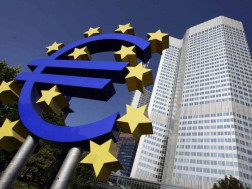In the second quarter of 2023, house prices in the EU increased by 0.3% compared with the first quarter of 2023, while rents increased by 0.7%, according to Eurostat, the Statistics Office of the European Union.
Compared with the second quarter of 2022, house prices in the EU decreased by -1.1%, while rents increased by 3.0%.
House prices and rents in the EU followed a comparable increasing path between 2010 and the second quarter of 2011. After this quarter, house prices and rents evolved differently. While rents increased steadily throughout this period up to the second quarter of 2023, house prices fluctuated considerably.
After a sharp decline between the second quarter of 2011 and the first quarter of 2013, house prices remained more or less stable between 2013 and 2014. A rapid rise followed in early 2015, and house prices increased faster than rents until the second quarter of 2022. In the third quarter of 2022, house prices increased at the same pace as rents (both +0.7% compared with the second quarter of 2022). Since the fourth quarter of 2022, house prices fell for two quarters in a row before experiencing a small rise in the second quarter of 2023.
House prices more than doubled in Estonia, Hungary, Lithuania, Latvia, Czechia, Luxembourg and Austria
Between 2010 and the second quarter of 2023, house prices increased by 46% and rents by 21%.
When comparing the second quarter of 2023 with 2010, house prices increased more than rents in 20 out of the 27 EU countries.
Over this period, house prices more than doubled in Estonia (+211%), Hungary (+180%), Lithuania (+152%), Latvia (+144%), Czechia (+122%), Luxembourg and Austria (both +120%). Decreases were observed in Greece (-14%), Italy (-8%) and Cyprus (-3%).
For rents, prices increased in 26 EU countries with the highest rises in Estonia (+208%) and Lithuania (+168%). The only decrease in rent prices was recorded in Greece (-21%).
















